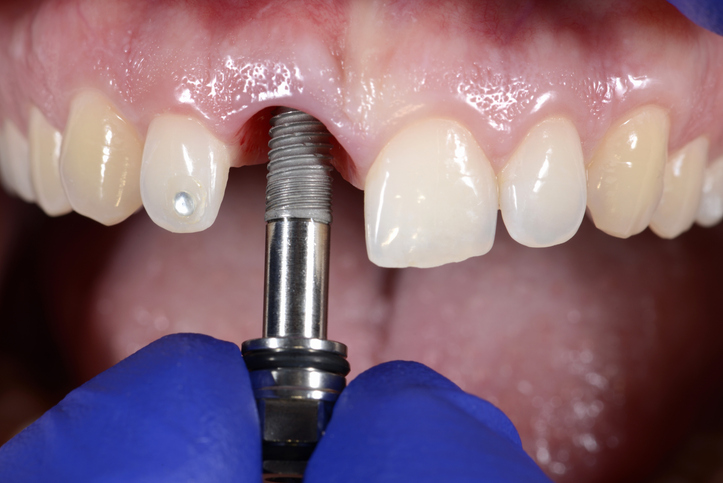
Factors affecting crestal bone level changes in dental implants

Researchers may have uncovered the impact of soft tissue height on crestal bone level changes in bone-level implants.
In the study, published in the Journal of Dentistry, the researchers categorized 59 patients into three groups on the basis of their baseline soft tissue height: T1, characterized by thin soft tissue height; T2, characterized by thin height augmented with allogenic tissue matric; and C, characterized by thick soft tissue height. The patients then received bone-level implants with nonmatching internal conical connections in the posterior mandible.
After a follow-up of 10 years, the researchers found that the patients in the T2 and C groups demonstrated crestal bone level gains, whereas the patients in the T1 group had statistically insignificant crestal bone loss. The changes in the crestal bone levels were found to be greater in the T1 group compared with the T2 and C groups.
The researchers concluded that adequate peri-implant soft tissue height may help maintain stable crestal bone levels and prevent bone loss around the implants.
Read more: Journal of Dentistry
The article presented here is intended to inform you about the broader media perspective on dentistry, regardless of its alignment with the ADA's stance. It is important to note that publication of an article does not imply the ADA's endorsement, agreement, or promotion of its content.